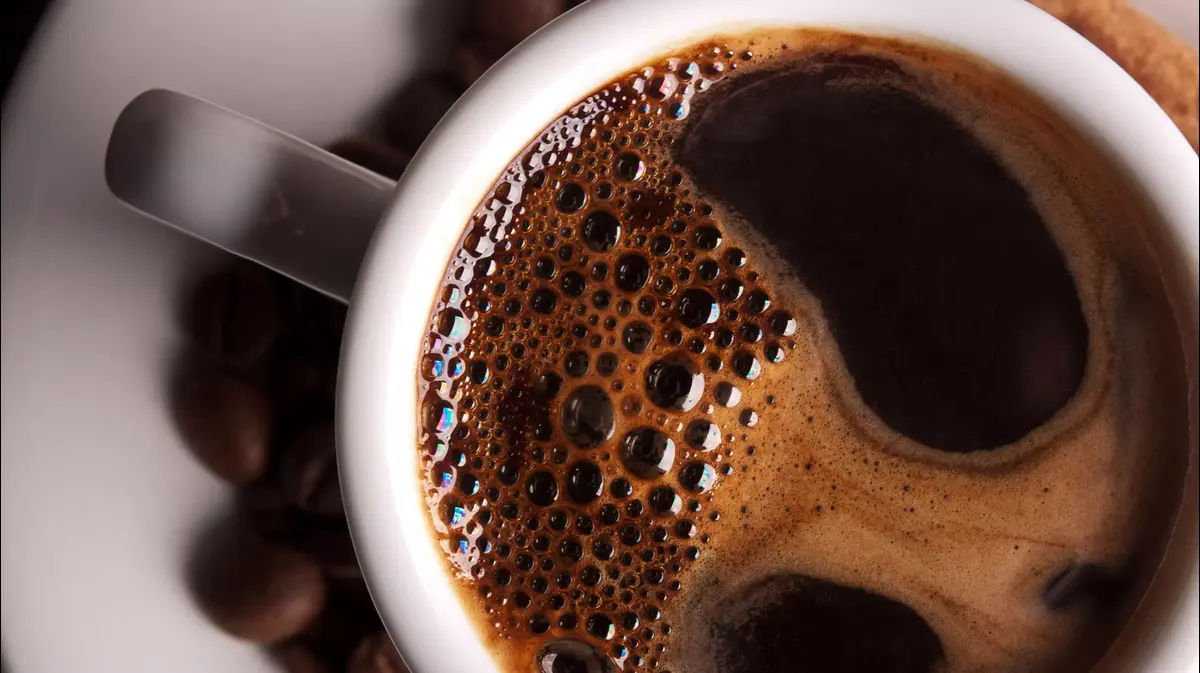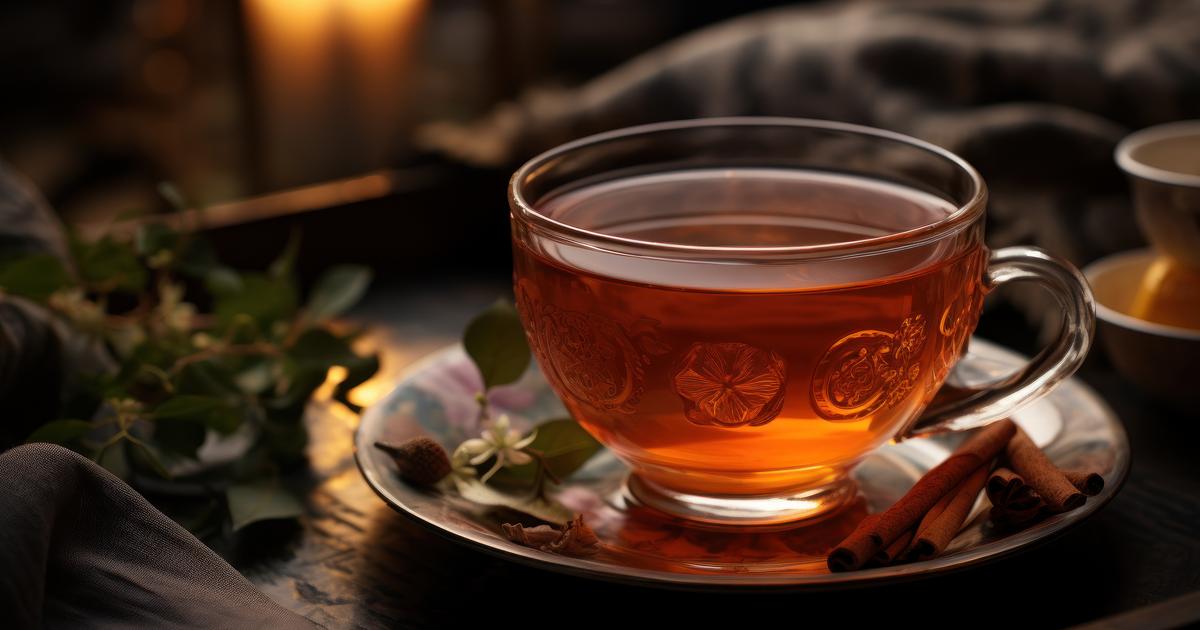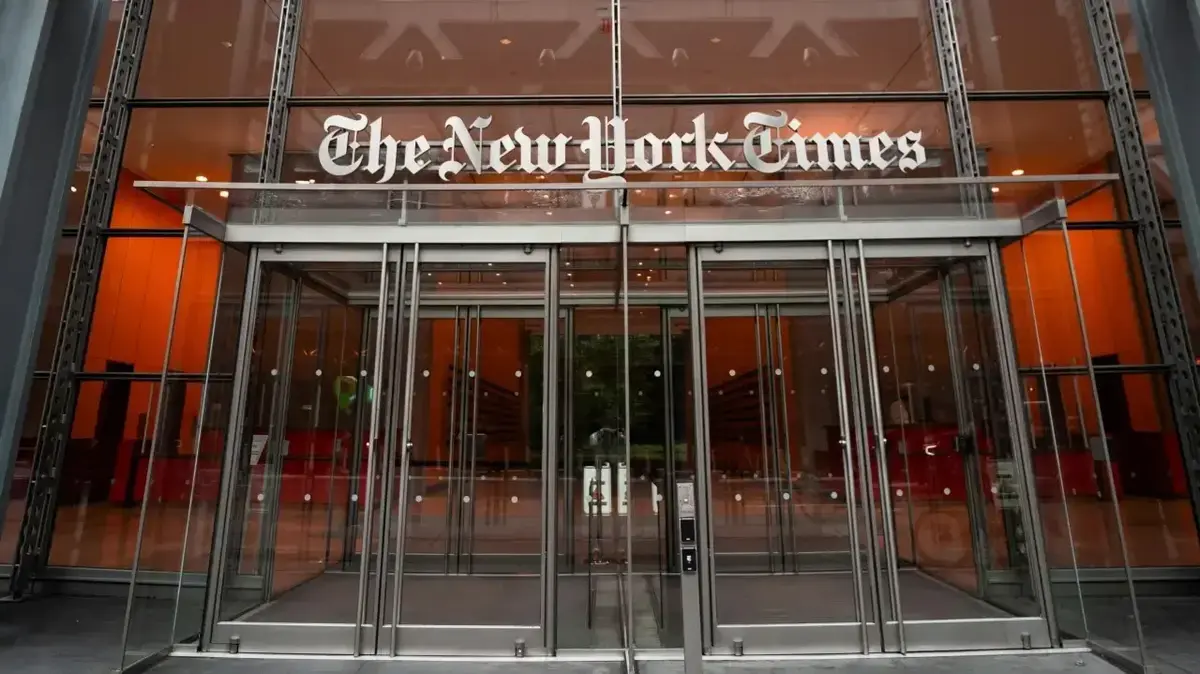Why is a cup of tea in Israel 8 times more expensive than in Europe?
Feel like warming up with a cup of tea for the coldest weekend of the year?
Here is something that will warm you up even before the first sip: The cost of a sachet of Wissotzky tea for the Israeli consumer is 8 times what the European consumer will pay for the exact same tea.
How can this be - and how is it that one company controls 70% of the market?
Dr. Hezi Gur Mizrahi
19/01/2022
Wednesday, January 19, 2022, 14:41 Updated: Thursday, January 20, 2022, 14:03
Share on Facebook
Share on WhatsApp
Share on Twitter
Share on Email
Share on general
Comments
Comments
The culture of drinking coffee in Israel has been striving for amazing development over the past two decades, but with all due respect to the privileged cousin, tea is still the most popular hot drink among the population in Israel.
So in relation to coffee, tea in Israel wins, but how are we in the World Cup of tea? The truth is, a bit like football - not something: we are far from the Irish, world champions, with a per capita consumption of 3 kg of tea per year, but trying to close the gap: our tea consumption has skyrocketed in recent decades for several reasons:
One major reason is tea association Experts may find it difficult to argue that it depends on what tea, how much sugar we put in it and how much of it we drink, but some experts, especially in the field of alternative and complementary medicine, tell us about wonderful health benefits, if not of regular tea in a pouch, then at least herbal infusions. Various.
Despite this - and although some of us are unable to wake up without the first coffee of the morning, it is worth knowing that most teas contain more caffeine than the same amount of coffee: the amount of caffeine in a cup of tea can reach 110 mg of caffeine compared to an espresso cup containing only 65 mg or coffee A
melting pot containing 75 mg.
Another reason for the growth in the beverage segment in recent years is the increase from the CIS countries where tea consumption is part of the culture. Consumption patterns among immigrants from the former Soviet Union are up to 4 times higher than the average population
. - 300 grams of tea per year, or translated into cups: between 200 and 300 cups of tea per year.
More on Walla!
In honor of Tu B'Shvat: a slice of fresh and juicy asado with dried fruit
Walla!
Food in conjunction with Pavilion Wines
Black and green tea dominate.
Israelis' preferences between different types of tea (Photo: Daniel Malakhovsky)
The various tea companies are constantly innovating and working to increase awareness of tea consumption: new flavors, infusions, sugar-free sweetened tea, mind-blowing tea and tummy tuck - but in fact most innovative products fail to survive.
Black tea of all kinds remained the king of the category, while alternative products that were invested and marketed with investments of millions of shekels, were abandoned and disappeared.
Despite this, there is one product that has managed to penetrate the market: green tea.
More than two decades ago when we began to introduce the product into our lives, talked about China, medicine and virtues (while today it is better not to talk about China and medicine in the same sentence).
Wissotzky's green tea.
The company holds about 70% of the tea market in Israel, but has not been declared a monopoly (Photo: Topatz)
Who is to blame for the price?
Centralization, but so are we
As in most areas we research and review here every week, we identify industrial centralization that leads, among other things, to the cost of living problem we are trying to combat, but in fact we are the ones cultivating it to the dimensions of a giant monster that affects our household expenses.
how? Our consumer loyalty to a specific brand changes the rules of the game and does not lead the economy in a positive direction, the calculation is simple: once there is one player who controls about 70% market share and has no local competitor, all those importers trying to launch a competing product are based on market pricing.
In other words, if Wissotzky sells the product to a retailer for NIS 20, the potential competitor who wants to be competitive will sell his tea for NIS 15, even if he could sell the same product for half the price.
It's not just out of a desire to earn as much as possible, but because of the psychology of consumers: when one brand sells for 20 shekels and the competitor for 15, we tend to see them as two different brands of a product of similar quality.
But if one costs 20 shekels and the other only 7 shekels, we will suspect that this may be a less good, meticulous and delicious product.
It is not clear exactly why, but here it is necessary to point out that despite Wissotzky's complete control of the tea market, the competition authority, still in its cap
as antitrust commissioner, did not find it appropriate to declare the company a monopoly in the tea sector.
In Israel, we will pay about NIS 670, while the price in Europe will reach only NIS 190.
Comparing the prices of the various tea products and brands in the retail chains (Photo: Walla !, no)
Our cup of tea: an inconceivable gap between Israel and Europe
We checked a number of retail chains in England and Germany to see how much they pay for their tea. In the TESCO chain and other chains we found very significant gaps: a package of
TETLEY
green tea containing 50 sachets (tions) weighing 100 grams costs (per consumer) a total of 1.50 euros and if we convert the price to shekels, then it is 5.35 shekels per package.
Wissotzky between NIS 40 on sale and NIS 50. This and more: the product in Israel weighs 75 grams compared to 100 grams of the product in Europe, that is, in conversion to the price per gram, we get a difference of more than 8 times what a German or Englishman would pay for a cup of tea.
In a little clearer language: you can chat until tomorrow about the minimum wage in Israel, that everything is expensive here, about the transportation costs (which of course also exist for manufacturers abroad) or blame the retailers for the brokerage gaps, but no such explanation can justify the huge gap between The price in Israel for the price in Europe, even if we give momentarily to Wisotski a quality advantage (which is not at all certain that exists) over the corresponding product abroad.
Does the consumer end up paying millions of shekels for the campaigns? (After Wissotzky's massive campaign starring actress and singer Anya Buxtein), there is no telling. What is certain is that they hardly affect conservative consumption and brand loyalty.
That is, although many consumers consume tea with mango, passion fruit or strawberry flavors, As a complementary product to the classic black or green tea, with the leading flavors being lime, mint and louise.
Another question that arises is how an international concern such as Unilever, which owns a leading international brand that is the Lipton brand, has not yet managed to capture a dominant market share in Israel. The brand in the world (in all Arab countries of course).
Lipton Green Tea.
The company's price reduction policy in Israel well demonstrates the power of the consumer (Photo: AP, AP Photo / Mark Lennihan)
The surprising part is that Unilever has made a price adjustment in recent years for the brand and the price found today in the retail chains is about 30% lower than the average prices in 2017-2018 in the retail chains, compared to the prices of Wissotzky products that remained almost unchanged in basic and green tea products. At a rate of about 10%).
The conclusion is that consumer power is directly responsible for prices and the cost of living, even though it is a huge concern. Any damage to market share causes a commercial shock and lack of vigilance can lead to irreversible damage to brand strength, then it is clear to us that if Unilever had dominated the market at a high level we would not see discounts and price declines over the years.
The brands that appear on the shelves of supermarkets and retail chains are of course Wissotzky, followed by other brands such as Unilever's Lipton products, the Stowitz brand Pompadour, Tomer Ahmed T and other international brands that make up a relatively small market share of more than 450 million NIS per year.
Of money
consumption
Tags
tea
Wissotzky
Lipton
green tea















